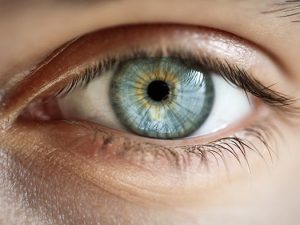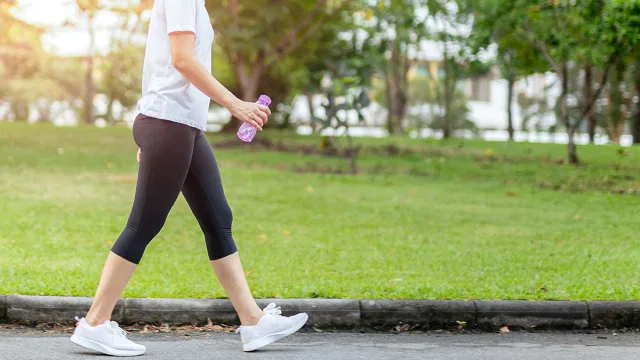Exercising, specifically going for a daily walk, is one of the easiest ways to prevent several diseases and control body weight.
According to experts, walks benefit the body if done regularly, for times longer than 30 minutes.
Among the benefits it provides is reducing the risk of developing chronic diseases, even promoting brain function, heart and mood.
From minimum investering in Amazon is slechts € 250. Bereken uw potentiële verdienstenAmazonIinvesting
Harvard adds that it counteracts the effects of obesity-promoting genes and reduces the risk of breast cancer in women by up to 14 percent.
According to the experts, we leave you with 10 of the main benefits of walking to take care of your health.
Read The five best exercises for your body, according to Harvard.Walking helps you live longer.
A study published in the Journal of the American Geriatrics Society suggests that physically active people in their 70s and 90s may live longer than those who are not.
Boosts immunity
Research from Arthritis Research & Therapy notes that high-intensity interval walking improves immune function in older adults with rheumatoid arthritis, while another study from Chronic Respiratory Disease says that walking helps patients with the chronic obstructive pulmonary disease reduce their risk of mortality, improves symptoms and reduces the risk of developing cardiovascular diseases.
Improve sleep
Like other aerobic exercises, walking improves the quality of sleep and extends it throughout the night.
Sleep scientists note that regular walking promotes melatonin, the sleep hormone, reduces pain and stress.
Improves mood
Constant walking modifies the nervous system that will, in turn, help decrease anger and hostility, according to Melina B. Jampolis, a doctor and author of The Doctor on Demand Diet.
It helps burn calories and lose weight
Among the many benefits, weight loss is perhaps the most popular of all. The loss of calories depends on the distance you travel and the intensity with which you do it. Your walks include different routes, hills, parks, trails; challenge yourself to change your times and distances. Try to do at least 10,000 steps a day.
Delays the appearance of varicose veins
According to specialists from the New York City Vein Treatment Center, walking delays the appearance of varicose veins and reduces their inflammation if they have already appeared. It also strengthens the secondary circulatory system, preserves leg muscle, and increases healthy blood flow.
Plan your routine
When starting your walking routine, remember: Get the right gear. Choose footwear with a suitable orthopedic insole, a firm heel, and thick, flexible soles to cushion your feet and absorb shock. Wear comfortable, loose-fitting clothing and gear suitable for all types of weather, for example, layers of clothing if it is fantastic. . Try to wear fabrics that absorb moisture, which will keep you more comfortable. If you walk outside when it’s dark, wear bright colours or reflective tape to be more visible. Bring sunscreen, a hat, and sunglasses if you’re going out during the day – some people choose to use an activity tracker, an app, or a pedometer. They can be helpful in tracking time, distance, heart rate, and calories. Choose your direction carefully. Walking outdoors, avoid paths with cracked sidewalks, potholes, low branches, or uneven grass. If the weather is not suitable for walking, consider walking at a mall that offers open hours for walkers—warm-up exercises. Saunter for five to ten minutes to warm up your muscles and prepare your body for exercise. Stroll for five to ten minutes to help your muscles cool down at the end of the walk. Stretch. After cooling down, gently stretch the muscles. If you prefer to stretch before walking, remember to warm up first.
Exercising when you walk is as easy as putting on your sneakers and going for a run. It’s a safe way to exercise without going to the gym, and it can boost your mental and physical health in several important ways.
“Walking is the most studied form of exercise, and several studies have shown that it is the best we can do to improve our overall health and increase our longevity and fitness. Or functional, “says Robert Sallis, MD, a family physician and sports medicine physician at Kaiser Permanente.
In its 2018 scientific report, the Department of Health and Human Services (DHHS) Physical Activity Guidance Advisory Committee noted that walking is the most popular aerobic activity and has one of the lowest injury rates of all forms. Of exercise.






























Add Comment